
pass through FP Markets Engage in futures trading
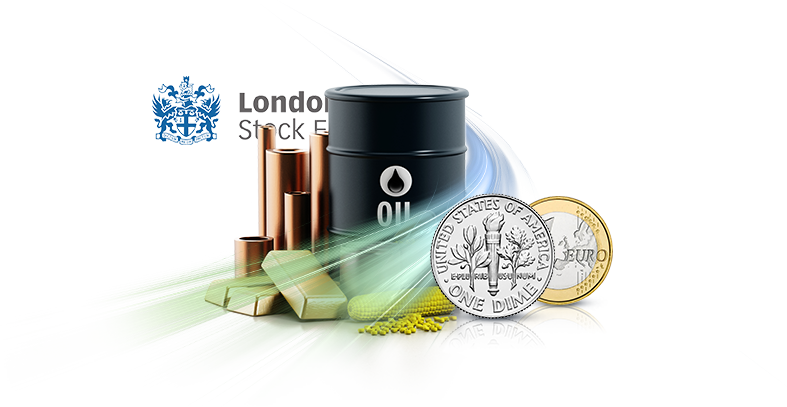
The futures market is an auction market based on exchanges, Participants buy and sell futures contracts. These contracts are derivative financial products, Allow contracting parties to buy and sell assets at predetermined future dates and prices. The set price was agreed upon on the same day, From the underlying asset. commodity, currency and index It is the most common underlying asset.
What is
futures trade?
Different from other exchanges such as the stock market, Futures market trading days are almost weekly 5 day, every day 24 24-hour uninterrupted operation. Zhishang Exchange is the most recognized futures exchange in the world. It is composed of many corporate groups, Including the Chicago Mercantile Exchange (CME) , Chicago board of Trade (CBOT) The New York Mercantile Exchange (NYME) class. Outside of the United States, national stock exchange (NSE) It is a global leader based on the number of exchange futures contracts.
These exchanges offer a wide range of tradable products, Including interest rates, stock index, Currency and alternative investment products, Like weather and real estate. One of the main driving forces of the futures market is commodities, Including soft and hard goods. Hard commodities include precious metals, Natural resources such as crude oil and natural gas. in contrast, Soft commodities include agricultural products and livestock. soybean, wheat, Corn and coffee are the most traded soft commodity futures.
What is
Futures contract?
A futures contract is a legal agreement to buy or sell a commodity or financial product at a specific price on a future date. The sale may occur on or before the expiration date of the contract. They can be traded over-the-counter (OTC) Or purchase through regulated exchanges. Since the global financial crisis, Commodity Futures Trading Commission (CFTC) The regulation of futures contracts has increased, This committee is recognized as a global regulatory standard.
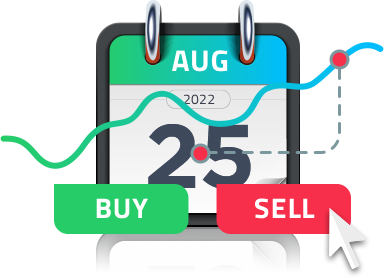
Futures contracts have four basic components:
Target asset
This is a transaction price provided/Assets of value. Futures contracts can be based on a wide range of assets, Among them, bulk commodities are the most popular, Including soft and hard commodities, as well as exotic assets such as weather and real estate.
fix a price
Futures contracts have different pricing models. According to the holding cost model, Futures contracts equal spot prices (SP) Add the net cost incurred from holding assets until the expiration date of futures contracts.

Due to market sentiment, Fair value and futures are not always the same. Under the expected model, The futures price of an asset is the spot price of the asset on a specified future date. Traders use different models to determine what they perceive as fair prices, Thus creating a market for both buyers and sellers. Combining supply and demand relationships, Many different perspectives have increased liquidity levels.
due date
Each futures contract will include a predetermined expiration date as part of its terms. This is the date when the contract trading stops and the settlement price is determined. Investors typically have already decided how to handle maturing positions.
lever
This is one of the key principles of futures trading. Investors can significantly increase profits and losses by using leverage during trading. This means that investors only need to deposit a margin amount, Instead of the full value of the position. If the leverage ratio is 500: 1, The margin amount is only equal to the total value of the position 5%. Traders should pay attention, Margin requirement due to size of position, Various factors such as customer experience and transactional products vary.
What is Futures Contracts for Difference?
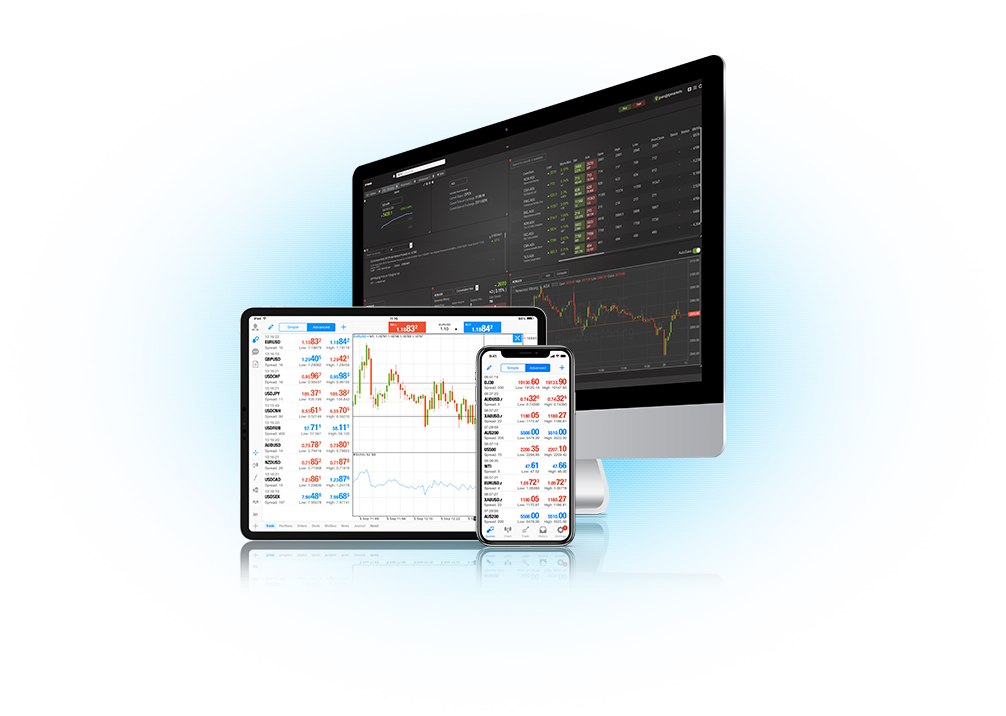
Due to technological advancements, There is now another way to enter the futures market, Known as a contract for difference (CFDs) . Different from futures contracts traded through futures exchanges, Futures contracts for difference are traded over-the-counter through brokers and other financial institution networks. This is done through a specially designed online trading platform (for example MetaTrader 4, MetaTrader 5 Implemented.
Through futures contracts for price differences, Investors and speculators can benefit from price changes in two directions. Similar to most financial markets, Traders are able to establish long positions and benefit from price increases. The uniqueness of contracts for difference lies in the ability of traders to short and profit from falling market prices. For those who wish to limit their risk exposure during periods of high market volatility, This is also beneficial for hedging risks. A large number of liquidity providers and real-time pricing make it a viable choice for hedgers using risk management strategies.
Futures contracts for differences can only be traded during the open market hours of the relevant exchange where the underlying financial product is traded. Due to the fact that the underlying asset was not actually purchased, Therefore, there is no need for physical delivery.
Futures Traderclassification
Participants in the futures market can be divided into two categories, Hedgers and speculators. The differences in their trading behavior and the reasons for their participation are summarized as follows:
Hedger
As part of the risk management strategy, Participate in the futures market, To minimize the financial risks they currently face due to another financial asset. Due to its value being linked to the prices of underlying assets such as commodities, Market hedgers can protect their wealth by eliminating unknown risks. Large financial institutions, Farmers and producers often use futures contracts for hedging.
speculator
A typical investor who hopes to make profits by successfully predicting changes in futures prices. Speculators conduct market analysis to determine trading opportunities, And adopt a trading plan that guides their behavior.
how Trading Futures?
Futures can be traded in various ways. This includes a combination of regulated and unregulated methods. Anyone interested in futures trading should consider the following points:


OTC trading (OTC)
These futures are not traded on the exchange according to the contract terms agreed upon by both parties. There are no standardized terms or regulations that must be followed. in addition, The liquidity of such contracts is almost non-existent.


Regulated exchanges
Trading through regulated exchanges requires brokers. Regulatory requirements eliminate the default risk of over-the-counter derivatives. This is further attributed to a series of standardized terms and higher levels of liquidity. The largest futures exchanges include the Chicago Mercantile Exchange (CME) , NYMEX (NYME) The National Stock Exchange of India (NSE) .


Known as a contract for difference (CFDs)
Both parties exchanged the contract for the price difference, Instead of actually purchasing financial products or assets (As a commodity) . The price difference is determined from the time of opening to closing the position. pass throughCFD , The price will always reflect the price of the underlying security. Contracts for Difference (CFD) are a very popular derivative product, This type of transaction is conducted through FP Markets Waiting for online brokers to proceed. We offer a range of financial services, Including leveraged trading, This is one of the main advantages of contracts for difference.
how
Online trading of futures?
This question is most commonly asked by speculators seeking profits, Not a hedge. These investors provide the majority of the liquidity in the market, And received strong assistance from online brokers. Online trading helps provide a fair competitive environment for speculators, Because they can now access price and trading information more easily.
MetaTrader 4 and MetaTrader 5 A feature rich trading platform enables speculators to become important market participants. The functions and tools they provide enable speculators to effectively identify trading opportunities. This is accomplished through market analysis. The two most well-known methods are Fundamental analysis and technical analysis.
Fundamental analysis
It is a method of measuring the value of an underlying asset by examining economic and financial factors that may affect its price. Although stocks are often mentioned, But fundamental analysis can also be applied to futures.
technical analysis
opposite, Technical analysis purely refers to the study of price changes. Analyze trends to predict future price changes and trading tools, Attempting to estimate future reversal points. FP Markets The trading platform provided also has a long list of technical indicators, include MACD, Boll , Awesome Oscillator, Relative strength index.
index futures Transactions
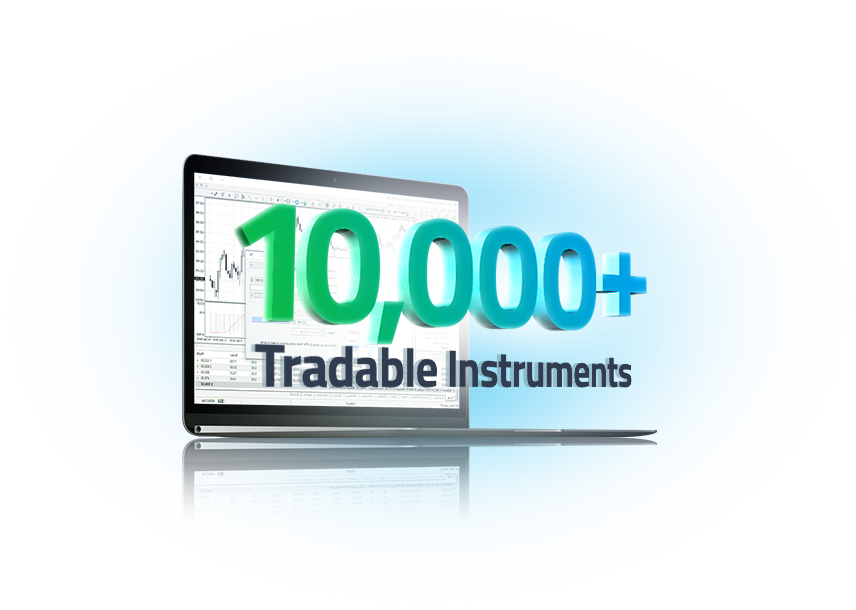

index futures It is a futures contract, Used for trading the Dow Jones Index, NASDAQ 100 Index and Australian Securities Exchange 200 Index and other stock indices. Participants agree to trade stock market indices at a specified price on a designated date. Due to the lack of physical underlying assets, Index futures settled in cash. therefore, They may be displayed in different ways, approach ASX 200 Frequently displayed as AUS 200.
No comparison FP Markets More suitable for trading index futures. Offer 10, 000 Multiple tradable products, Including foreign exchange and contracts for difference, And highly competitive spreads and lightning fast execution speed. The wide range of trading account types also allows you to choose a fee structure that suits your trading style.
futures trade Example
For this example, We will use US30, Also known as the Dow Jones Index. Let's assume US30 The transaction price is:
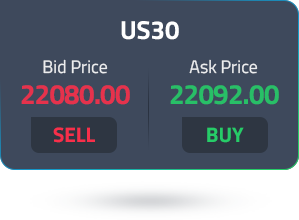
Your analysis indicates that US30 The price will increase, Therefore, you have decided to purchase 5 A contract, Your margin rate is 5% (1: 20 lever) . This means that you need to calculate the total position value 5% Deposit into your trading account.
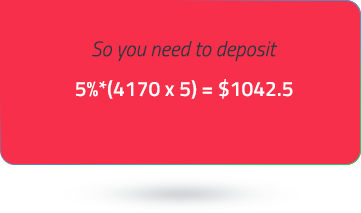
In the near future, The price will rise 4180/4182 dollar, We have provided you with a profitable transaction. You can do it through 30 The current value of the US dollar (selling price) Sell the price and close the position, approach 4180 dollar
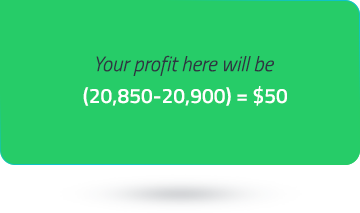
in this case, The price is moving in a direction that is favorable to you, Formed a profit taking scenario. Negative price fluctuations can result in losses. For all forms of transactions, Market participants should develop trading plans that suit their own style, And implement it Risk management strategy , To monitor performance and limit risk exposure.
futures trade frequently asked questions
Futures trading is a fast and cost-effective way to enter global financial and commodity markets. Technological advancements make it easier for speculators and individuals to access important information that can be used for effective market analysis. Combining the existence of advanced trading platforms, Traders can make wise decisions and discover trading opportunities. CFD trading allows for the trading of underlying assets without the need to own or store them, Utilizing price fluctuations becomes possible.
Some of the most traded stock index futures are the Dow Jones Index, S&P 500 index, NASDAQ, ASX 200 index, FTSE 100 index, DAX 30 index, euro 50 Index and Hang Seng Index.
One of the main reasons why futures affect other financial markets is because they are almost weekly 5 day, every day 24 Open every hour. therefore, The rise and fall of index futures outside normal trading hours in other markets is usually used as an indicator of the opening situation of the relevant stock market the next day. If the index futures price deviates significantly from fair value, Arbitrageurs will implement buying and selling strategies in the stock market, Profit from price difference. The trading volume thus leads to price fluctuations.
Both parties agree to trade assets at the value of the subject asset agreed upon today on a set future date. The uniqueness of forward contracts lies in their customizable nature, And it can be traded over-the-counter instead of on the exchange.


Both have their own advantages and disadvantages. Many experienced traders often use both based on the situation and the strategy being implemented. nonetheless, Futures do have several advantages. They have more margin usage through leveraged trading, And more liquid than options.
 Tradable 10, 000+financial products
Tradable 10, 000+financial products  Support automated trading system
Support automated trading system Provide the latest news broadcast&Economic Calendar
Provide the latest news broadcast&Economic Calendar Multiple technical indicators&chart
Multiple technical indicators&chart Provide more trading tools
Provide more trading tools
By providing email, You accept FP Markets of Privacy Policy And agree to receive it FP Markets Email sent. You can unsubscribe at any time.